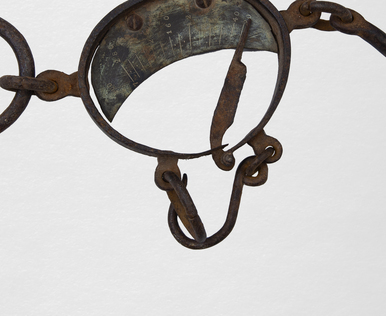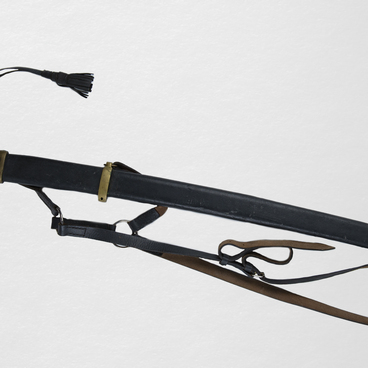Long before the samovars appeared, Pogar people used kettles. Their main disadvantage was that the water got cold quickly. The appearance of a special device — an ash pan with a pipe that is soldered inside the vessel — made it possible to maintain the liquid’s temperature. Those vessels were used to make traditional hot beverages, such as decoction and sbiten. They were made of herbs and honey. A tank near the spout was filled with honey, aromatic herbs, spices and water. The other part was filled with wood chips and cones, which were then set on fire to heat the neighboring section.
Mentions of “sbitennik” from Pogar can be found since the mid-17th century. The sbitenniks were made in the workshop of “kotlyar” craftsmen (coppersmiths or bellmakers). Coppersmiths often formed a single workshop with kovaly (blacksmiths). For example, in the 1780s, there were 10 kotlyary, 6 locksmiths and 12 kovaly in the Porgar forge workshop. In 1834, the forge workshop already included 21 families: 55 men and 51 women.
As the Ukrainian historian Aleksandr Lazarevsky wrote, “with a special eagerness” kotlyary made copper pots for the production of bread wine, as well as sbitenniks and even some samovars. Sbitenniks were created according to some eastern items, which were brought to the fairs in Pogar by nomads.
The Russian sbitennik was also called “samovar-kitchen”. It consisted of two sections, which were intended for cooking. In the 18th century, this device became more complicated and had one more section added. The third one was used for tea. Therefore, a small tap was soon added, with which tea was poured into a glass. This device was used until the second half of the 19th century, until the samovar finally superseded its ancestor.
But in Pogar, sbitenniks were made even later. Pogar people brewed hot tea drinks with honey and medicinal herbs. A partition inside the sbitennik created the effect of steaming, which gave the drink a unique flavor and aroma. Hot sbiten had a warming and anti-inflammatory effect. People drank it during winter and fall. The cold drink, however, quenched the thirst on a summer day.
Mentions of “sbitennik” from Pogar can be found since the mid-17th century. The sbitenniks were made in the workshop of “kotlyar” craftsmen (coppersmiths or bellmakers). Coppersmiths often formed a single workshop with kovaly (blacksmiths). For example, in the 1780s, there were 10 kotlyary, 6 locksmiths and 12 kovaly in the Porgar forge workshop. In 1834, the forge workshop already included 21 families: 55 men and 51 women.
As the Ukrainian historian Aleksandr Lazarevsky wrote, “with a special eagerness” kotlyary made copper pots for the production of bread wine, as well as sbitenniks and even some samovars. Sbitenniks were created according to some eastern items, which were brought to the fairs in Pogar by nomads.
The Russian sbitennik was also called “samovar-kitchen”. It consisted of two sections, which were intended for cooking. In the 18th century, this device became more complicated and had one more section added. The third one was used for tea. Therefore, a small tap was soon added, with which tea was poured into a glass. This device was used until the second half of the 19th century, until the samovar finally superseded its ancestor.
But in Pogar, sbitenniks were made even later. Pogar people brewed hot tea drinks with honey and medicinal herbs. A partition inside the sbitennik created the effect of steaming, which gave the drink a unique flavor and aroma. Hot sbiten had a warming and anti-inflammatory effect. People drank it during winter and fall. The cold drink, however, quenched the thirst on a summer day.



